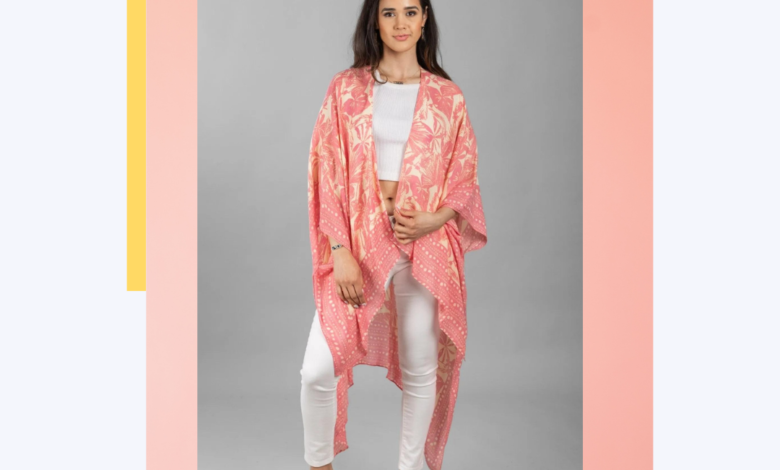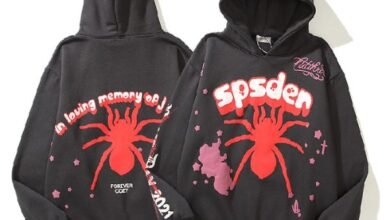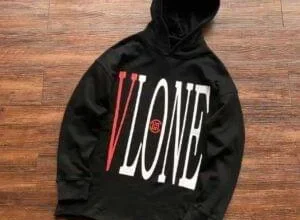
Did you know that different styles of kimono are worn during different occasions? The kimono worn during a wedding and the one for tea work are novel. Also, married women wear a substitute sort of kimono while single women wear another sort.
We all in all understand that kimono is Japanese traditional clothing and it is routinely worn during remarkable occasions, generally by women. The female kimonos have transformed into a style, among the real Japanese, but various untouchables are charmed to endeavour it very rarely.
Along these lines, before you pick your kimono, could we inspect a piece of the styles available. Guarantee you are wearing the right one for the occasion.
1. Furisode
Furisode (pronoun foo ri sody with for all intents and purposes no syllables) is worn by unmarried women. Essentially, furisode suggests swinging sleeves on account of long sleeves that fall into 39 to 42 inches. They are decorated with concealing plans that totally cover the whole garment. The more broadened the sleeve is, the more legitimate it is. It is the most legitimate article of clothing for unmarried women to wear in phenomenal occasions including progressing administration, projecting a polling form, wedding capacity (unmarried female relative from the woman’s family) and tea work.
2. Komon
Komon (小紋, from a genuine perspective little model) are worn by married and unmarried women. They have a model covering the entire kimono anyway with no particular heading or plan. Komon are the most relaxed kimono jacket.
3. Tomesode
Tomesode (留袖, from a genuine perspective appended sleeve) are the most traditional kimono worn by married women. They for the most part have tops, and the models, which may join gold and silver, are simply under the mid-region.
There are two kinds of tomesode kuro (黒, dull) and iro (色, toned); kuro tomesode are the most formal, and reliably have five pinnacles. They may be worn by guests at formal events like weddings. Iro tomesode can have any base concealing other than dull, and may have one, three, or five pinnacles.
4. Susohiki/Hikizuri
Worn by geisha or entertainers of regular Japanese dance. Interestingly, with a common kimono, these are fundamentally longer and trail the floor.
5. Odori Katami Gawari
Odori infers dance, so this is a standard Japanese craftsman’s kimono. Katami Gawari infers cream, suggesting this kimono being half one arrangement and an enormous piece of another, which will undoubtedly be seen on an odori kimono than some other. Various odori kimonos are tsukesage, houmongi or komon in style. They are routinely in produced materials, so they can, as opposed to silk, be washed reliably and they are most frequently unlined or basically lower lined, to keep the craftsman cooler
6. Iromuji
Iromuji (色無地, from a genuine perspective plain tone) are unpatterned kimonos in a lone concealed kimono worn by both married and unmarried women. They are by and large reasonable for lunch services. The not altogether settled forever by the nonattendance or presence and number of pinnacles.
7. Mofuku
Mofuku is the lamenting dress worn by both male and female. They wear an all out plain back silk with five tops over white undies and white tabi. Concerning women, obi and various places are in a dim manner. The absolutely dim lamenting pieces of clothing are for family and the people who are close to the termination date.
8. Yukata
Yutaka is worn at festivities happening in summer. Yutaka has a splendid, overshadowing and essential arrangement. It is a cotton and unlined kimono that is nonchalantly worn by male, female and any one in such ages. Differentiated to various kinds of kimonos, Yutaka kimonos are significantly less difficult to wear and stay aware of and more reasonable. In Vietnam, this kind of kimono is outstandingly renowned, unmistakably, they are for the most part worn in manga and cosplay festivities.
9. Houmongi
A houmongi, a portion of the time spelled homongi, regularly has a model around the fasten and sleeve and to a great extent up over the body of the kimono. On houmongi, the model signs up at the wrinkles. Houmongi infers visiting dress and they are less formal than tomesode yet more formal than tsukesage or komon kimonos.
10. Uchikake
An incredibly formal cardigan style just worn by women or at a show. It is ordinarily all white or incredibly distinctive with red as a base tone. It is to be worn outside of the certifiable kimono and is never appended with an obi.



